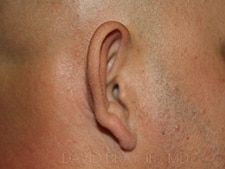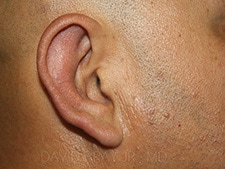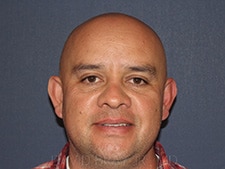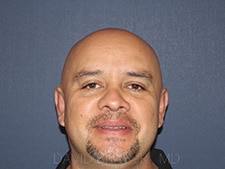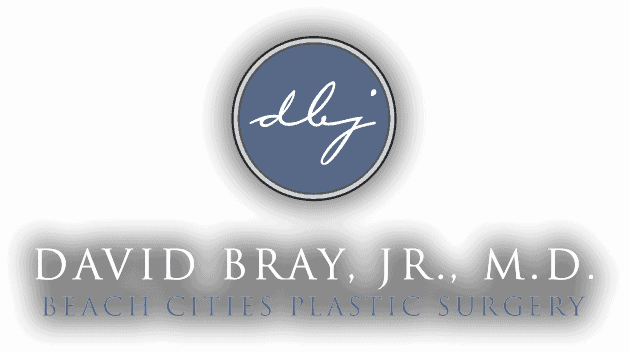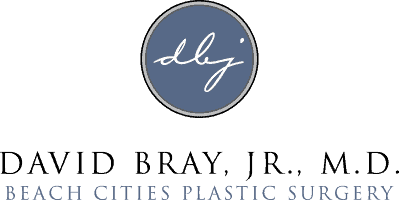Otoplasty (Ear Surgery)
in Torrance, CA
Also serving Palos Verdes & Redondo Beach
Otoplasty is performed to improve the shape and contour of the ears. Patients may have concerns about the shape of their ears for many reasons. In some cases the ears stick out too far from the head. In other cases the ears are too small or too long. Some patients may have an ear that is stuck beneath the skin. Whatever the concern is, Dr. Bray, Jr. will evaluate the problem and establish a treatment plan with the patient.
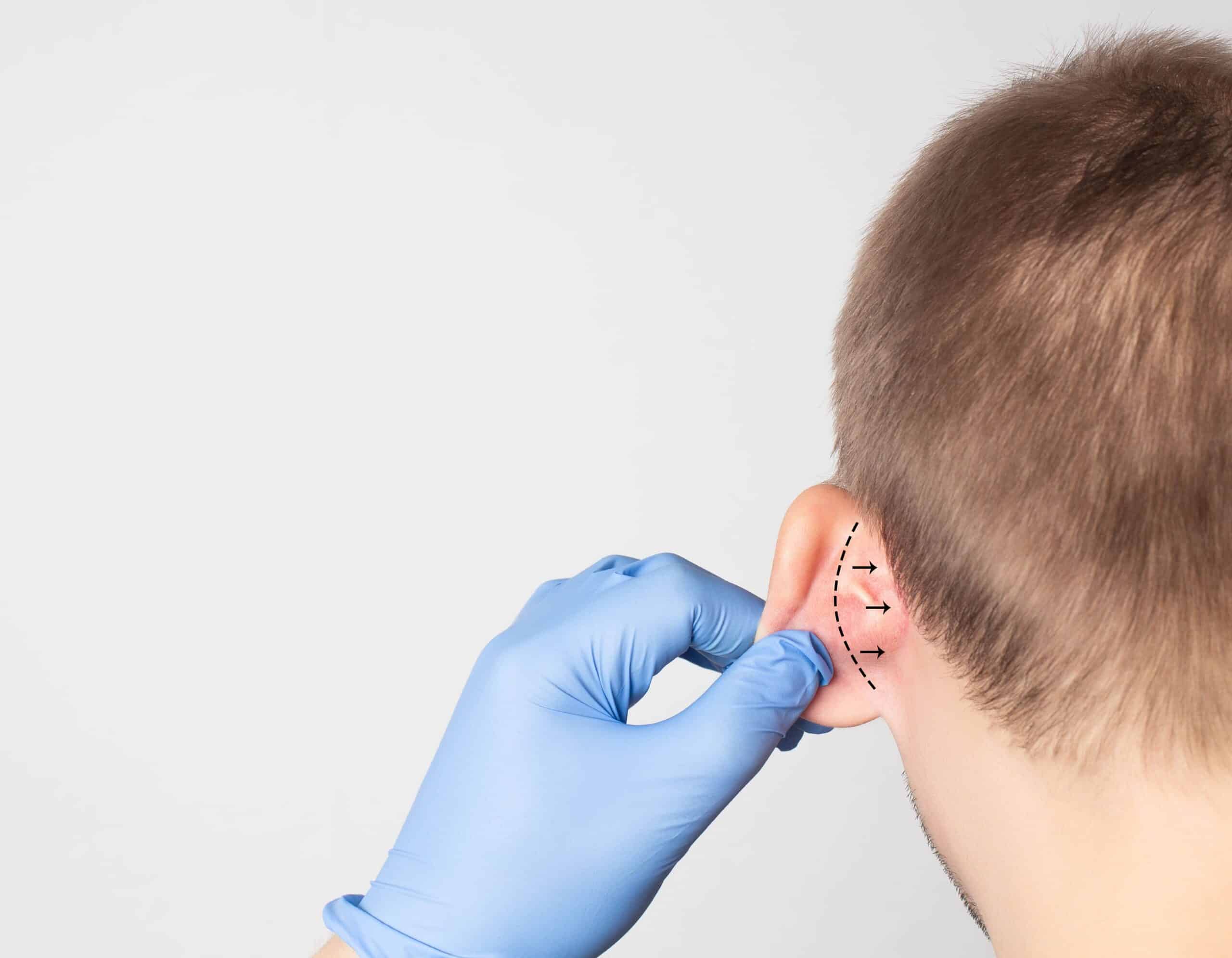
Reasons for Surgery
The most common reason for otoplasty surgery is the prominent ear. The prominent ear has the following characteristics: a poorly defined or absent antihelical fold, conchal excess, and a conchoscaphal angle greater than 90 degrees. During surgical correction of the prominent ear, Dr. Bray, Jr. will shape the ear in order to correct these problems. The antihelical fold may be created with sutures used to shape the ear cartilage. This will also correct the conchoscaphal angle. The conchal excess may be treated by using sutures to position the conchal cartilage closer to the head and in some cases a small amount of excess cartilage is removed.
The Otoplasty Procedure
Otoplasty may be performed under local or general anesthesia. For children the procedure is usually performed under general anesthesia and for adults the procedure is performed under either general or local anesthesia. The otoplasty technique is modified based on the anatomic problem. In ears that stick out, sutures are used to shape the ear (creating an anti-helix) and to suture the ear closer to the head. In some of these cases a small amount of cartilage is also removed to allow the ear to be positioned closer to the head.
Postoperative Care
After an otoplasty procedure Dr. Bray, Jr. will place a compression dressing over the ears. This will be changed to a headband over the first few days. The headband which goes over the ears should be worn at all times for the first week after surgery. Then the headband should be worn over the ears every night for the next three weeks. The patient will also be placed on antibiotics for the first few days post-op. The sutures may be removed in one week if dissolvable sutures were not placed.

